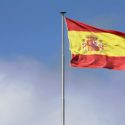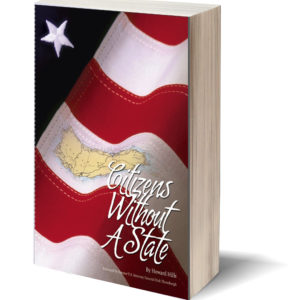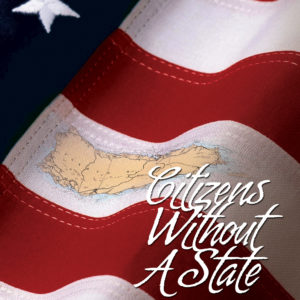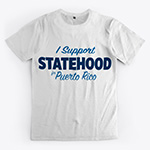Puerto Rico has been a possession of the United States since 1889, but the Island was a colony of Spain for 400 years before that. This is why Spanish is the most widely spoken language in Puerto Rico. Spanish culture lives on in Puerto Rico, too.
It all began when Christopher Columbus arrived in the Caribbean and claimed the land that is now Puerto Rico for Spain. It was already inhabited by the Taino, But by 1509 Spain announced the first governor of Puerto Rico, Ponce de Leon. De Leon focused on gold mining, and Puerto Rico supplied gold and then profitable cash crops of sugar and coffee for Spain for centuries.
Ships went from Spain to Puerto Rico and back, carrying supplies for the colony and goods for Spain. Colonists came from Spain to Puerto Rico, and slaves were brought to the Island.
Animation courtesy of Brooke Radding, showing shipping routes based on ships’ logs.
Eventually, Puerto Rico became a fortified outpost from which Spain could protect its New World colonies from pirates, as well as an agricultural center.
Puerto Rico’s political relationship with Spain varied as it became a province of Spain and then went back to being called a colony. Some Puerto Ricans strove for autonomy, and there was a brief period of home rule before Spain ceded Puerto Rico to the United States. However, Spain had the power to give Puerto Rico away. Puerto Rico was clearly a colony of Spain.
Goodbye to Spain
After 400 years of existence as a Spanish colony, Puerto Rico became a territory of the United States through the Treaty of Paris. The culture of Puerto Rico has developed, as has the language. Puerto Rico has its own heritage, its own variety of the Spanish language, and its own cultural treasures — just as each of the 50 states and the remaining U.S. territories have their own local cultures and their own varieties of English (and often of Spanish, too). The United States strive to be united, but each one also has its own identity.
In 1922 and again in 2014, small groups of Puerto Ricans called for reunification with Spain. A 2013 petition on the subject got 314 signatures. In 2017, El Nuevo Dia reported such a reunification as a prank on the Day of the Holy Innocents. The idea has never been taken up seriously, and Spain has never expressed any desire to reunite with its former colonies.
Spanish colonialization in the New World ended in 1898.
States that were Spanish colonies
Spain owned a lot of the New World at one time. A number of U.S. States, including the 15 states that made up the Louisiana purchase and Florida, belonged to Spain at one time.
Arkansas belonged to France, then to Spain, and then to France again. The local government wasn’t informed when they were handed over to Spain, and the inhabitants weren’t aware that they had changed hands until after they became a territory of the United States.
California was a colony of Spain under Mexico. When Mexico gained independence from Spain, California and several other states were under Mexican rule until they became territories and then states. California never became a territory, but went directly to statehood.
Puerto Rico, Spain, and statehood
In no case has a previous colonial relationship with Spain interfered with statehood. Many U.S. states used to be colonies of Spain, as well as colonies of France, England, or Mexico. They gave up their colonial identities and claimed the sovereignty of a state of the union. Puerto Rico can do the same.








2 Responses
Its about time to claim statehood now
From one master to another. You people believe in everyone but Puerto Ricans. It’s a shame.